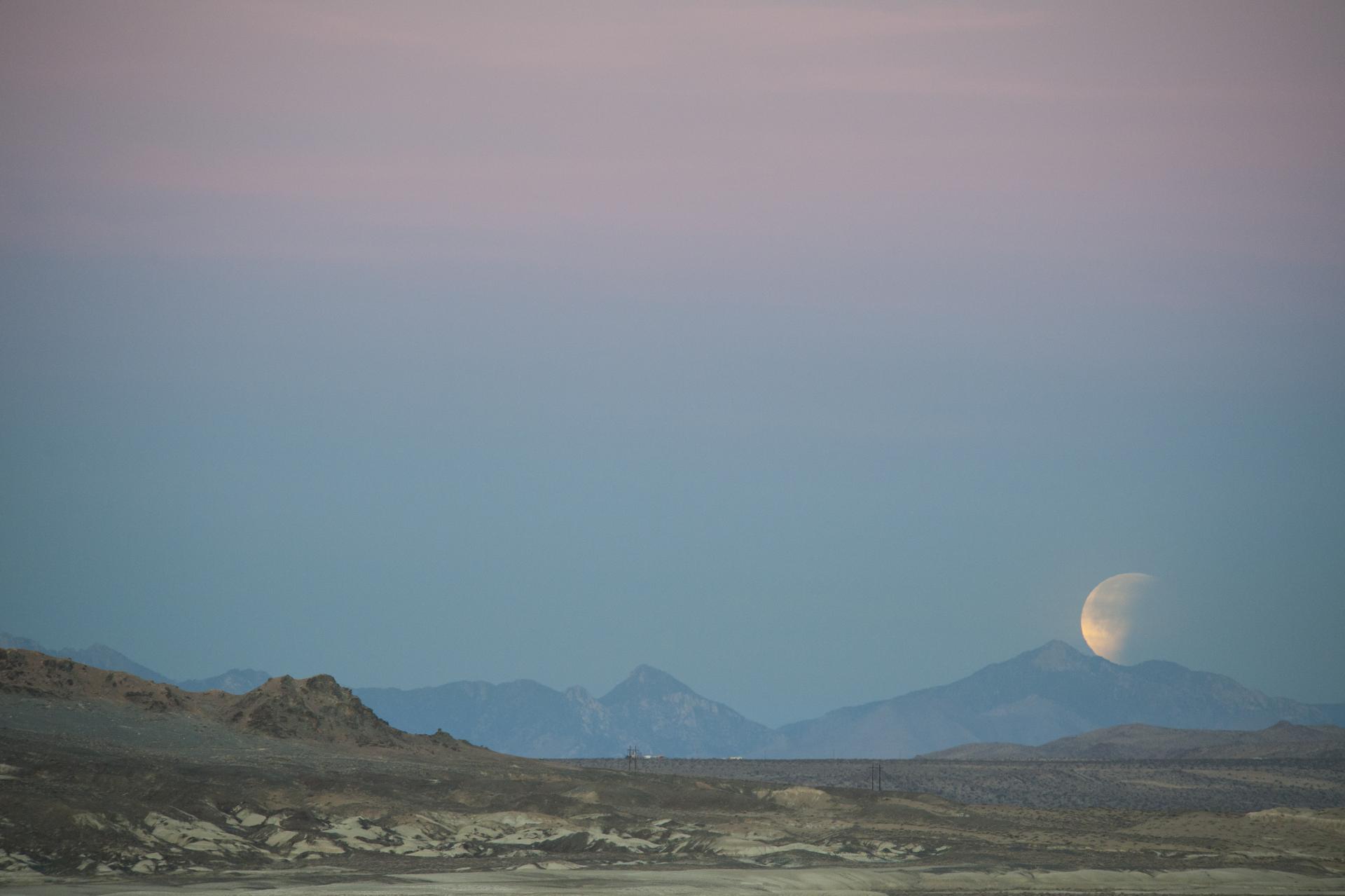Standing here on Earth, on a clear night we can look to the sky and see the destination for NASA’s Artemis program: the Moon. Seemingly close, but still quite far. Yet the space between us and that source of fascination is ripe with possibilities for helping mature the technologies we will need to get there, stay there, and venture beyond to Mars.
Facilitated by the Flight Opportunities program, part of NASA’s Space Technology Mission Directorate, suborbital flights on commercial vehicles ranging from high-altitude balloons to parabolic aircraft to rockets are valuable testing resources for NASA. They are also helping to identify key innovations that could be essential for lunar or Martian missions.
“These suborbital flights enable researchers to quickly and iteratively test technologies with the opportunity to make adjustments between flights,” said Christopher Baker, program executive for Flight Opportunities at NASA Headquarters in Washington. “The ultimate goal is to change the pace of technology development and drastically shorten the time it takes to bring an idea from the lab to orbit or to the Moon.”
Several technologies selected for use on lunar landers developed under NASA’s Commercial Lunar Payload Services (CLPS) initiative have leveraged suborbital flights for testing. They offer capabilities that address challenges of safely getting to the Moon and establishing a sustainable human presence there.
Entry, descent, and landing (EDL) technologies, such as terrain relative navigation and hazard detection and avoidance, are of particular importance as NASA looks to send robotic and crewed missions to the lunar surface. An auto-landing system developed by Astrobotic Technologies with Flight Opportunities heritage is scheduled for a maiden lunar voyage in 2021.
NASA also selected Astrobotic to deliver the Volatiles Investigating Polar Exploration Rover (VIPER) to the Moon using its Griffin lander. Griffin will employ a lidar-based hazard detection and avoidance system similar to one tested on Masten Space Systems’ Xombie vertical takeoff vertical landing rocket. Facilitated by Flight Opportunities, that test confirmed the technology’s ability to detect and avoid hazards of about 10 inches (25 centimeters) or larger, to enable a safe landing.
A navigation doppler lidar technology from NASA’s Langley Research Center in Hampton, Virginia, was tested in 2017 on suborbital flights. It will also fly to the Moon on two early CLPS flights for testing in advance of potential use on a crewed mission under Artemis.
Finally, the lander vision system from NASA’s Jet Propulsion Laboratory in Southern California has been integrated into prospective lunar lander guidance systems. The technology is also part of NASA’s Mars Perseverance rover. As many others, it was tested on a Masten rocket to help increase its technology readiness for space missions.
In addition to the technologies flying on them, lunar landers being developed by industry have also leveraged suborbital flights for testing. For instance, Draper – one of several companies developing a lander for NASA – tested its terrain relative navigation system on both a Masten flight and a high-altitude balloon flight with World View Enterprises in 2019.
The tests enabled Draper to test the system’s visual navigation capabilities at a range of altitudes and facilitated successful identification and tracking of more than 50 features at any given time throughout the majority of the flight.
Of course, landing a vehicle on the Moon is just the beginning. Technologies that could eventually help astronauts work and conduct research on the surface have also been queued for lunar missions after successful suborbital tests.
PlanetVac, a system that uses compressed gas to collect regolith samples from celestial surfaces was selected by NASA as a payload on a future Moon delivery by a CLPS provider. Honeybee Robotics, the company behind the device, proved PlanetVac’s worthiness for a lunar mission in a 2018 test on Masten’s Xodiac rocket. During that test, PlanetVac successfully collected more than 300 grams of simulated regolith. The device is designed to enable surface sample collection on the Moon (and eventually other planetary bodies).
In addition to research, regular work and operations on the surface of the Moon will require specialized computing that can withstand the harsh environment. Without the protective barrier of the Earth’s atmosphere and magnetic field, radiation from the Sun makes most terrestrial computing systems inoperable. NASA selected radiation-tolerant computing system from Montana State University as a payload on a CLPS lander and aims to provide a reconfigurable and redundant computing architecture at lower cost and weight than other available comparable systems.
The selection of this system a lunar mission is due in part to high-altitude balloon flights from World View Enterprises as well as testing on UP Aerospace’s SpaceLoft rocket. These flights enabled technologists to evaluate the system’s power generation and data analysis systems as well as confirm that it could survive tumultuous launch conditions before sending it on a much more expensive lunar mission.
“Suborbital flights give technologists the opportunity to go beyond what is possible in ground-based testing. They can make improvements on an accelerated schedule but with relatively low cost and risk. And they gain critical flight heritage that facilitates selection for a lunar mission or additional research opportunities,” said Baker.
Baker pointed out that technologies tested on these suborbital platforms are valuable not only to NASA missions. Many are also licensed by industry or funded for additional development.
Flight Opportunities is currently selecting the next batch of promising space technologies to receive grants or cooperative agreements through NASA’s Tech Flights solicitation. Those selected will work with a commercial flight provider to test their technologies, learn from the initial tests to make necessary adjustments, and potentially fly them again. The ultimate destination for many of these innovations? The Moon. It’s about 240,000 miles away but within reach thanks to the proving ground of suborbital flight testing.
































